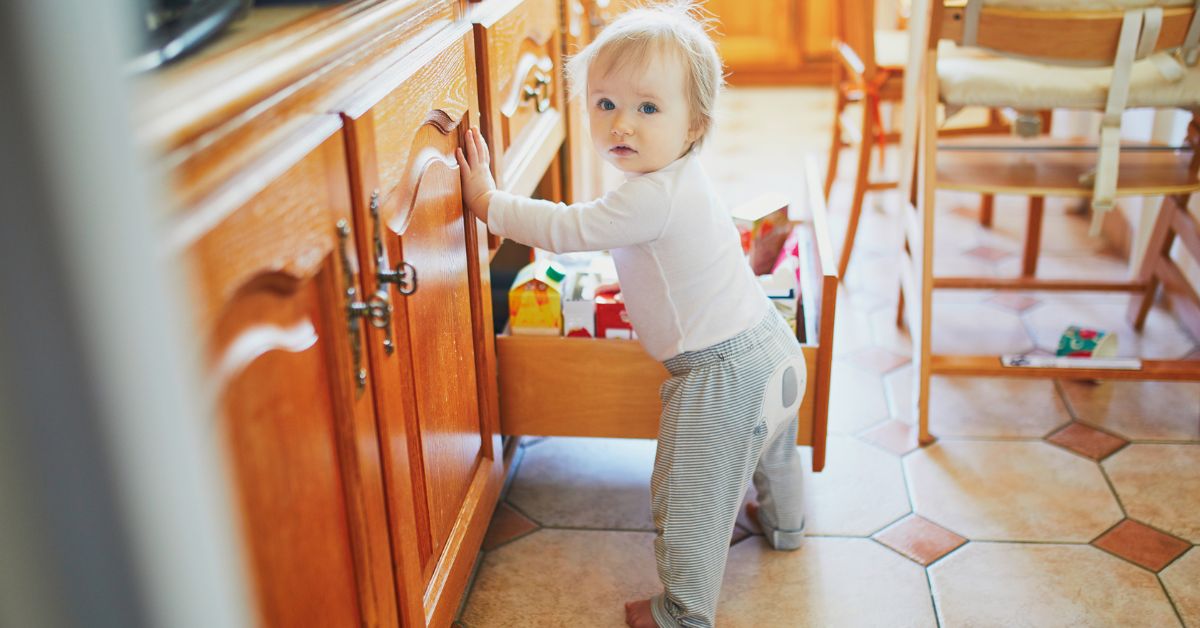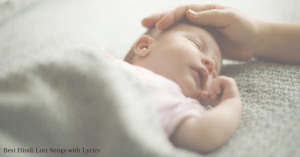Bringing a baby into your home is a joyous occasion, but it also comes with the responsibility of ensuring a safe environment for your little one. Babies are naturally curious and love to explore their surroundings, which can expose them to potential hazards. Babyproofing your home is essential to protect your child from accidents and injuries. This article provides a comprehensive guide on essential steps to babyproof your home, covering various areas and potential risks.
Introduction to Babyproofing
Babyproofing involves making your home safe for a baby or toddler by identifying and eliminating potential hazards. The process can seem overwhelming, but breaking it down room by room makes it more manageable. Start by getting down on your hands and knees to view the world from your baby’s perspective, which will help you spot dangers you might otherwise miss.
General Safety Tips
Before diving into specific rooms, here are some general safety tips that apply throughout your home:
- Secure Furniture: Anchor heavy furniture like bookshelves, dressers, and TVs to the wall to prevent them from tipping over.
- Cover Electrical Outlets: Use outlet covers or safety plugs to prevent curious fingers from getting shocked.
- Hide Cords: Keep electrical cords out of reach and use cord organizers or covers to prevent entanglement.
- Use Safety Gates: Install safety gates at the top and bottom of stairs and in doorways to restrict access to hazardous areas.
- Lock Cabinets and Drawers: Use childproof locks on cabinets and drawers that contain sharp objects, cleaning supplies, or other dangerous items.
Living Room
The living room is a common area for family activities and should be made safe for your baby:
- Corner Guards: Attach corner guards to sharp edges of furniture like coffee tables and TV stands to prevent injuries.
- Fireplace Safety: If you have a fireplace, use a hearth gate or screen to keep your baby away from the fire and hot surfaces.
- Secure Decorations: Ensure that picture frames, vases, and other decorations are out of reach or securely fastened to prevent them from falling.
Kitchen
The kitchen is full of potential hazards, so extra caution is necessary:
- Stove Knob Covers: Install stove knob covers to prevent your baby from turning on the burners.
- Appliance Locks: Use locks on appliances like the refrigerator, oven, and dishwasher to keep them closed and inaccessible.
- Store Chemicals Safely: Keep cleaning supplies and other chemicals in a locked cabinet or on high shelves.
- Keep Sharp Objects Out of Reach: Store knives, scissors, and other sharp objects in locked drawers or cabinets.
Bathroom
Bathrooms pose several risks, so babyproofing this area is essential:
- Toilet Locks: Install toilet locks to prevent your baby from opening the lid and falling in.
- Bathtub Safety: Use a non-slip mat in the bathtub and a faucet cover to prevent bumps and burns.
- Store Medications Safely: Keep all medications, including vitamins, in a locked cabinet.
- Temperature Control: Set your water heater to a maximum of 120°F (49°C) to prevent scalding.
Nursery
The nursery should be a safe and soothing environment for your baby:
- Crib Safety: Ensure the crib meets current safety standards with slats no more than 2 3/8 inches apart. Remove any pillows, blankets, and stuffed animals to prevent suffocation.
- Changing Table: Always use the safety strap on the changing table and keep supplies within reach but out of the baby’s grasp.
- Window Guards: Install window guards or stops to prevent falls. Ensure blinds and curtains have no dangling cords.
Bedroom
Make your bedroom safe for co-sleeping or when your baby joins you in the space:
- Bedside Safety: If your baby sleeps in your room, use a co-sleeper or bassinet that attaches securely to your bed.
- Keep Small Items Away: Ensure small items like jewelry, coins, and hair accessories are out of reach to prevent choking.
- Secure Heavy Items: Anchor dressers, wardrobes, and other heavy furniture to the wall.
Stairs and Hallways
Stairs and hallways need specific attention to prevent falls and other accidents:
- Safety Gates: Install hardware-mounted safety gates at the top and bottom of stairs.
- Handrails: Ensure handrails are secure and at a height accessible to toddlers who may start using them.
- Clear Pathways: Keep hallways and stairs clear of toys, shoes, and other objects to prevent tripping.
Outdoor Areas
Outdoor safety is just as important, especially if you have a garden or play area:
- Fence and Gates: Ensure your yard is securely fenced, with gates that latch properly.
- Remove Hazards: Keep tools, chemicals, and gardening supplies out of reach or locked away.
- Play Equipment: Check that any outdoor play equipment is in good condition and properly anchored.
Additional Tips
- Emergency Numbers: Keep emergency numbers, including poison control, posted in a visible location.
- CPR and First Aid: Learn infant CPR and first aid to be prepared in case of an emergency.
- Regular Inspections: Periodically inspect your home for new hazards as your baby grows and becomes more mobile.
Conclusion
Babyproofing your home is a critical step in ensuring your child’s safety and giving you peace of mind. By identifying potential hazards and taking proactive measures, you can create a secure environment for your baby to explore and grow. From securing furniture to using safety gates and locks, these essential steps will help protect your little one from accidents and injuries. Remember, babyproofing is an ongoing process that evolves as your baby grows, so stay vigilant and make adjustments as needed to keep your home safe








